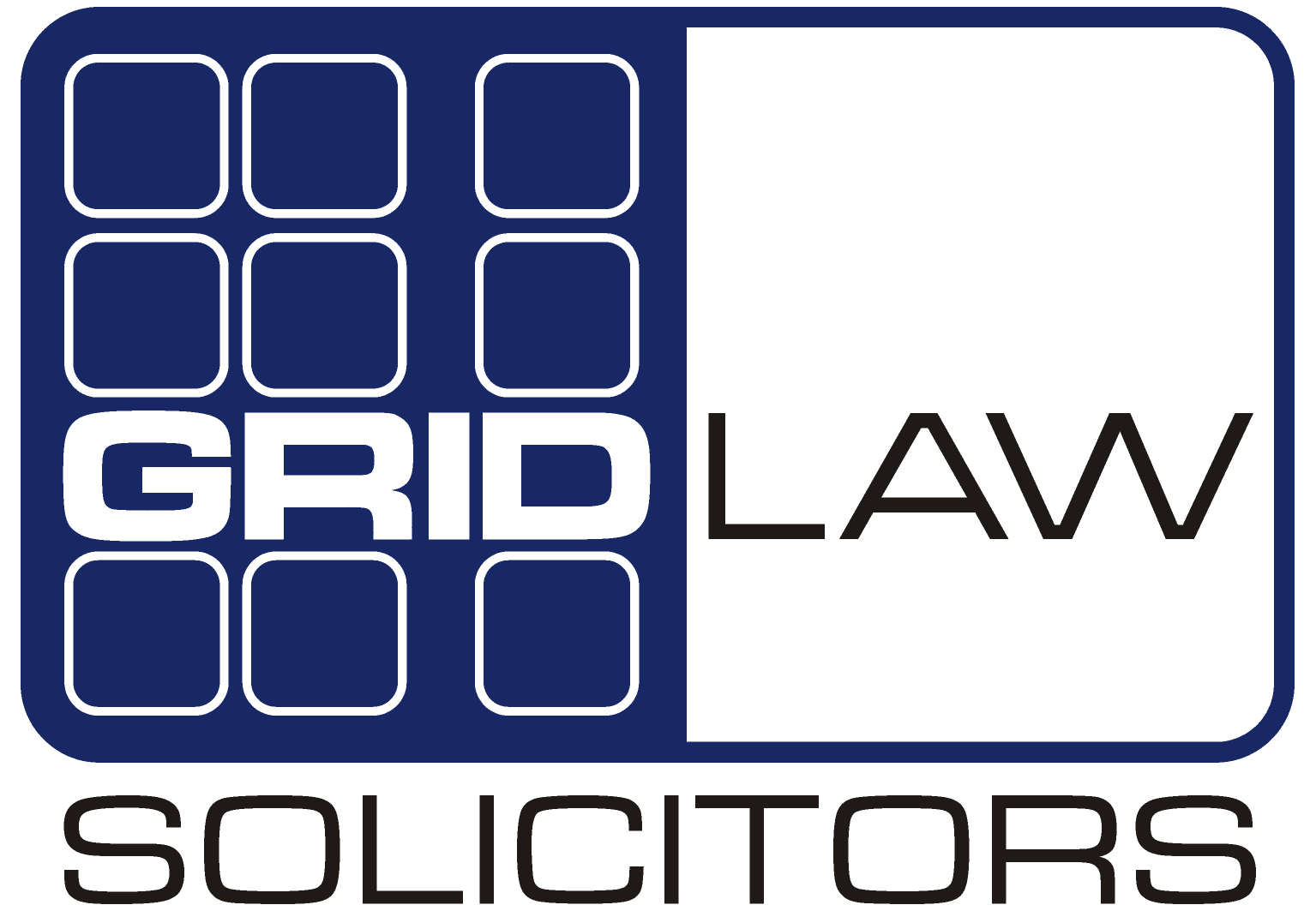
There’s no doubt that registering a trade mark is the best way to protect your brand and yet a surprising number of entrepreneurs and business owners don’t do it.
But why?
Often, it’s a timing issue. They know that protecting their brand is important but they don’t get around to it because they believe the risks of infringement are low. However, as I explained in my Trade Mark Essentials article, the risks are now much higher than they used to be.
And, they’re growing.
So, when is the best time to register a trade mark?
Should you be making your application as soon as possible or, if you’re still developing your brand, is it safe to wait?
There’s a fine balance to be had here. On one hand, you should be applying for a trade mark as soon as possible to reduce the risks of infringement. But, you don’t want to apply too soon because once registered, a trade mark is set in stone. You cannot amend a registered trade mark so, if you subsequently make changes to your branding (or even need protection for additional products and services) you will need to make a new application and this will mean spending additional time and money.
To overcome this problem, I recommend you follow the registration strategy I have set out below. But, before doing so, you need a brand that is capable of being registered.
Not all brands can be protected as trade marks
When you’re designing your branding, you need to do so with the clear intention that you will be registering it as a trade mark.
On many occasions, clients have asked me to register a trade mark for them but I’ve been unable to do so because their brand doesn’t comply with the strict requirements of the Trade Mark Act 1994.
The two most common problems I find are:
- the brand is descriptive of what the business, product or service does, rather than being distinctive; or
- whilst carrying out the pre-application searches I find another trade mark that will conflict with it.
This means, my client has to go away and make changes to their brand before we can make the application.
These problems are entirely avoidable if you start designing your brand with a little bit of trade mark knowledge (which I can help you with – see below) and the clear intention that you will one day register it.
Include trade marking in your brand design process
If you know you’re going to protect your brand as a trade mark, you can eliminate the problems I described above during the design process.
You can ensure that it’s distinctive and you can carry out searches to prevent your intended brand from conflicting with any pre-existing trade marks. If you find any, you can then adapt your design to avoid problems later.
However, designing your branding is just the first part of the process.
You also need to think about how and where your brand will be used.
This is because trade marks don’t automatically protect everything, everywhere. They only give protection for the specific products and services you register them for, in the countries and areas you register them.
Now, you may already know what your core products and services are and where you sell them, but you may be thinking about the future and want to include other products and services you may offer too.
Do you include those or not?
It’s important to gain as much protection as you need, but you must be careful. If you include too much in your application and then don’t use your trade mark for all those products and services, there’s a risk that your trade mark could be cancelled, as I explain in another article on “Protecting your trade mark after registration.”
So, you need to be strategic about what to register and when.
A brand protection strategy for small businesses
This is my suggested strategy for deciding what elements of your brand to protect and when. (To keep things simple, I’m going to look at this from a UK perspective only. If you need international protection, you will also need to consider which countries or territories to register in.)
First, register a trade mark for your most important brand elements for the key products and services you are selling right now. Make this application as soon as possible.
This may mean that you start by registering just a word mark, for example the name of your business, products and/or services. This trade mark should be registered for your key products and services only, i.e., those that you will always be selling.
This will make this trade mark very secure and it won’t be at risk of cancellation for non-use.
Then, when other elements of your brand are complete, for example when you finalise the design of your logo, you can register them for these key products and services too. Again, this trade mark will be nice and secure and unlikely to be cancelled for non-use.
Next, think about the additional products and services you’re planning to offer. If there’s no question that you’re definitely going to start selling them and you intend them to become part of your key offering, you may want to include them in your initial applications.
But, if there’s a chance that they may be discontinued at some time in the future, I suggest they form the basis of their own application. Then, if you do stop selling these products and services you don’t put your core trade marks at risk of cancellation.
Finally, look at what other elements of your brand could be protected. Names and logos are by far the most commonly registered trade marks, but there are many more options than you might think, as I explain in this article “What can I register as a trade mark to protect my brand.” I’m not suggesting you register all of them, but some of them may be appropriate for you and your business.
Now, I’m fully aware that another reason why people delay registering their trade marks is the cost. They’re put off by the thought of a huge legal bill but there are ways to keep the costs under control.
For example, by adopting the strategy above, you can spread the costs of protection. You can start off registering one trade mark and then add more protection as and when your budget allows.
However, there’s also another way to keep costs under control and avoid legal fees altogether.
Knowing that costs are an issue for some people, I have developed a Brand Protection Toolkit which enables people to register as many trade marks as they wish, themselves, without incurring any legal fees. (Obviously you still have to pay the Intellectual Property Office application fees, but without having to pay a solicitor, this process becomes much more affordable.)
This toolkit takes you step by step through the process of protecting your brand by registering it as a trade mark. It then explains how to ensure continued protection after registration because if you don’t look after your trade mark, you can lose the rights you have, as I explain in this article).
Other advantages of the Brand Protection Toolkit are that it explains exactly what the criteria are for registration and how to carry out a trade mark search. This means that you can start using the toolkit whilst you are still developing your brand.
There is also a section explaining how to ensure you gain maximum protection for your brand without putting it at risk of cancellation.
So, when are you going to start protecting your brand?
Remember the Chinese proverb: “The best time to plant a tree is twenty years ago. The second best time is now.”
You can start protecting your brand right now by clicking here and downloading my Brand Protection Toolkit.
If you have any questions about protecting your brand or registering a trade mark, please feel free to ask.

